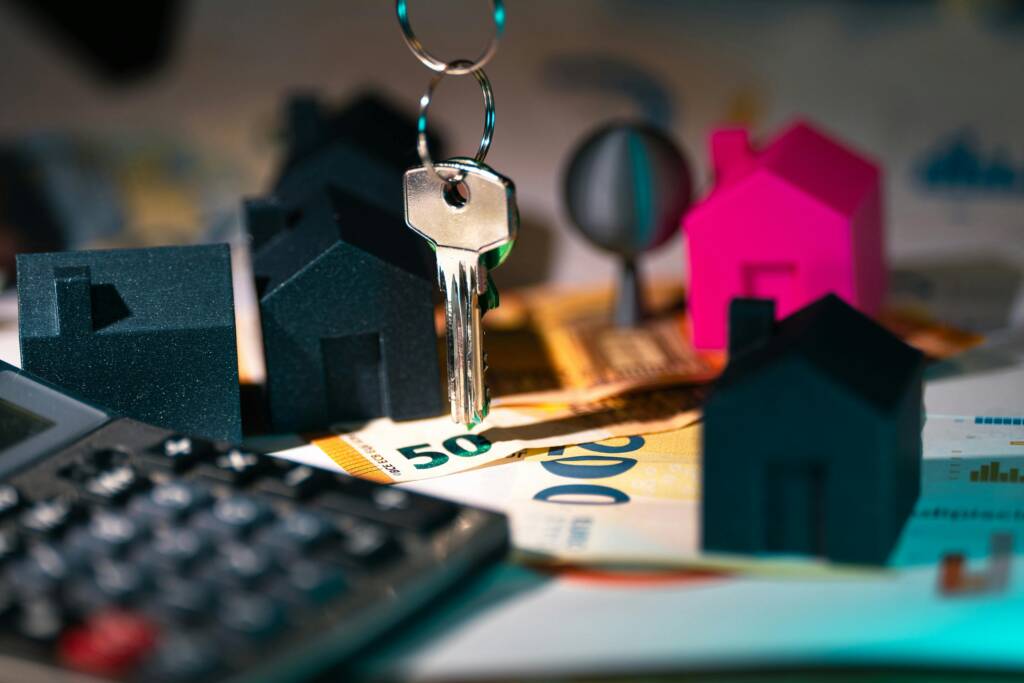
Have you ever wondered if you could use the value of your current home to invest in another property? You’re not alone! More and more Australians are tapping into their home equity to grow their wealth and build a property portfolio. But how exactly does this work? Is it risky? What do you need to know before diving in?
Let’s walk through how you can unlock your home equity and smartly use it to purchase a second property. Whether you’re dreaming of a holiday home, an investment property, or planning for retirement, this could be your next big step.
What is Home Equity?
Before we dig into how you can use home equity to buy another property, let’s cover the basics. Simply put, home equity is the difference between your home’s current market value and the balance left on your mortgage.
Let’s say your home is worth $800,000 and your mortgage is $400,000. That gives you $400,000 in equity.
So, how much of that can you actually use?
Most lenders will allow you to borrow up to 80% of your home’s value, minus what you owe. Here’s a breakdown:
- 80% of home value: $640,000
- Remaining mortgage: $400,000
- Usable equity: $240,000
That $240,000 could be your ticket to buying a second property—without selling your current home.
Why Use Equity to Buy Another Property?
Great question! Using your home equity to invest offers several potential benefits:
- No need to save for a new deposit. Your home’s value is doing the work for you.
- Faster access to funds. Equity can be a quicker route than building up cash savings.
- Wealth building. Property often appreciates in value, helping you grow your portfolio over time.
If you’ve built up solid equity in your home, you’re sitting on a resource many don’t even realise they have.
How to Access Your Home’s Equity
Equity isn’t cash, so how do you actually use it to buy another property? Here’s where investment lending comes into play.
Option 1: Refinance Your Loan
This involves replacing your existing loan with a new one that has a higher limit. The extra funds can be redirected toward a deposit for your second property.
If your home’s value has increased since you purchased it, refinancing lets you ‘cash in’ on that growth. However, it’s wise to explore deals from multiple lenders to ensure you’re getting a competitive rate.
Option 2: Take Out a Line of Credit
A home equity line of credit works a bit like a credit card, secured by your property. You can withdraw money as needed (up to your approved limit) and only pay interest on what you use.
This flexible option can be especially handy if you’re planning to buy, renovate, or invest gradually.
Option 3: Use a Loan Split or Redraw Facility
If you’ve been paying extra on your mortgage, you might have access to a redraw facility. This allows you to withdraw your overpayments and use them toward a deposit or down payment.
Important Things to Consider
Borrowing against your home’s equity can feel freeing, but let’s not forget—it’s still debt. So, here are a few key considerations before going full steam ahead:
- Loan repayments will increase. Make sure you can comfortably afford the higher repayments.
- You’re securing more debt against your property. If things go wrong financially, your home could be at risk.
- Interest rates may rise. Think long-term and build a buffer into your budget just in case.
- Do your property homework. Research the local market and consider engaging a buyer’s agent if needed.
How Much Equity Should You Use?
Just because you can access $240,000 doesn’t mean you should use it all. Remember, you’ll still need room for:
- Stamp duty
- Legal and conveyancing fees
- Loan application fees
- Building and pest inspections
It’s also smart to maintain some cushion in your equity in case your home’s value dips or interest rates rise unexpectedly.
Example Scenario
Let’s say James and Sarah bought their home five years ago for $600,000. Today, it’s worth $850,000. They’ve paid down their mortgage to $420,000.
Using the 80% lending rule:
- 80% of $850,000: $680,000
- What they owe: $420,000
- Usable equity: $260,000
This allows them to potentially use a portion of this $260,000 as a deposit for an investment unit worth $500,000. That’s the power of tapping into your equity smartly!
Getting Expert Advice
Before making any big moves, it’s best to speak with a mortgage broker, financial advisor, or accountant. They can help you figure out:
- How much equity you can safely access
- What structure is best for your second loan
- Potential tax benefits or risks
- Whether negative gearing or positive cash flow is right for you
Here at Prudent Accountants & Co, we help everyday Aussies make smart, tax-efficient choices when it comes to property investment.
Final Thoughts: Is Using Equity Right for You?
Using your home equity to buy a second property could be a brilliant move—but only if it’s done with a clear plan and a full understanding of your finances.
Ask yourself:
- Do I have enough usable equity?
- Can I handle the increased repayments?
- Am I doing this for long-term financial gain, not short-term pressure?
Property is a powerful way to build wealth, especially in Australia’s robust real estate market. But, like any investment, it comes with risks.
Thinking about using your home equity to build your financial future? We’re here to help. Reach out to Prudent Accountants & Co and let’s explore your options together. Smart investing starts with smart planning.
Ready to Take the Next Step?
If you’re ready to unlock your equity and grow your property portfolio, don’t go it alone. Our friendly team can help guide you through the process, crunch the numbers, and make sure you’re in the best possible financial position.
Contact us today at Prudent Accountants & Co—because investing should be exciting, not overwhelming.
Disclaimer: This article is intended to provide general information only. It does not constitute tax, financial, or legal advice. You should seek professional advice tailored to your specific circumstances before making any decisions.

